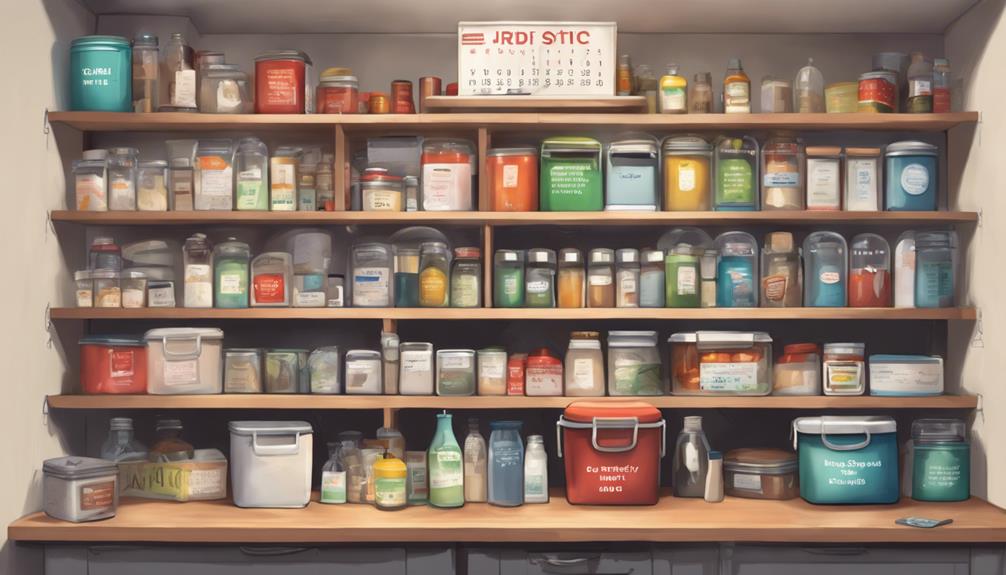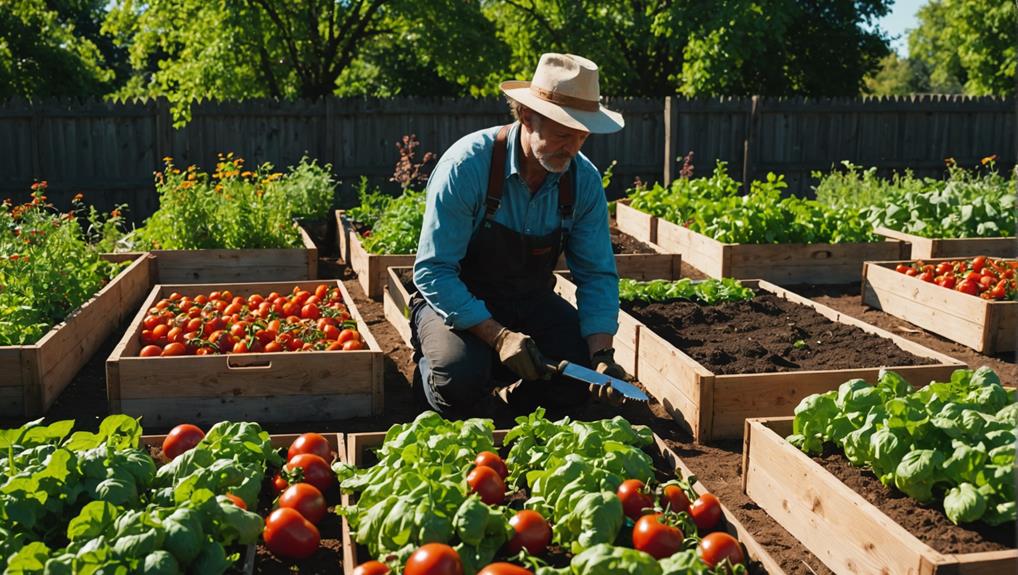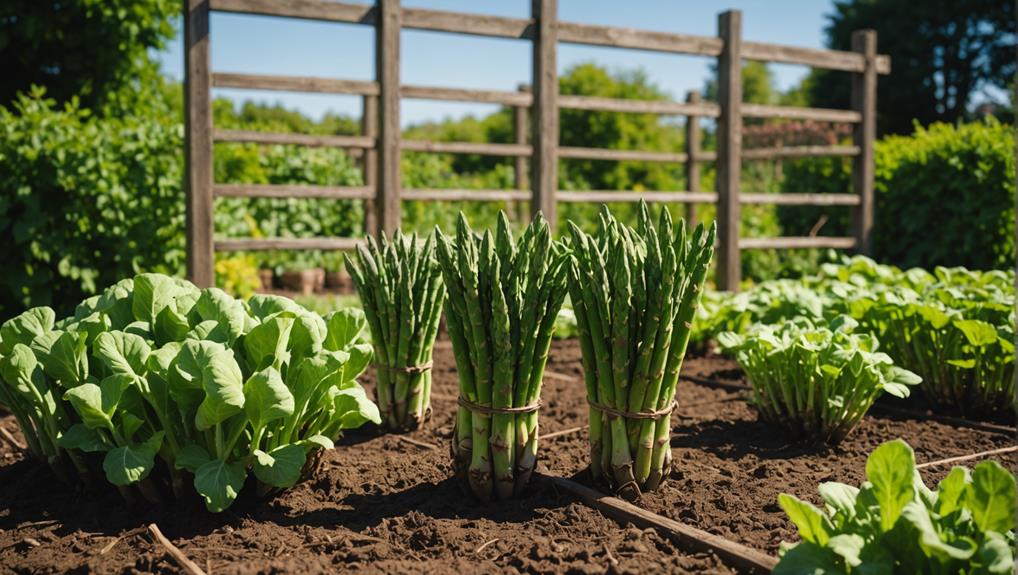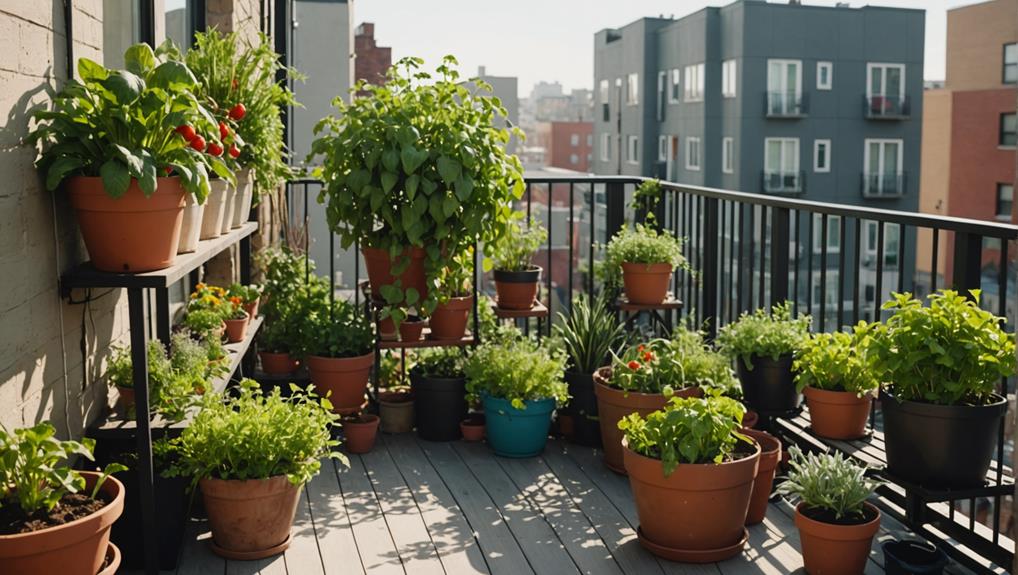As an Amazon Associate I earn from qualifying purchases.
As a busy working family, you're no stranger to juggling multiple responsibilities. But have you stopped to think about how you'd handle an unexpected crisis, like a job loss, natural disaster, or power outage? It's easy to put off preparing for the unexpected, but the truth is, it's not a matter of if, but when. By taking a few proactive steps, you can guarantee your family's safety, financial stability, and peace of mind. So, take a closer look at your family's unique risks and start building a plan that works for you – because when the unexpected happens, you'll be glad you did.
Assessing Your Family's Risks

Take a close look at your daily routines and surroundings to identify potential risks that could impact your family's safety and well-being. You might be surprised at the number of potential hazards lurking in plain sight. From faulty electrical wiring to slippery bathroom floors, verifying is crucial to pinpoint these risks and take proactive steps to mitigate them.
By creating a risk profile, you'll be better equipped to identify your family's vulnerabilities and prioritize your preparedness efforts. Consider factors like your location, occupation, and lifestyle when evaluating your risk profile. For instance, if you live in an area prone to natural disasters, you'll want to focus on emergency preparedness measures like evacuation plans and supply kits.
Don't overlook seemingly minor risks, like food allergies or household chemicals, which can have devastating consequences if not addressed. By recognizing and addressing these vulnerabilities, you'll be able to protect your family from harm and guarantee a safer, more secure future.
Take the first step towards practical preparedness by evaluating your family's risks today.
Building an Emergency Fund
Having a cushion of savings in place can be a lifesaver when unexpected expenses or financial emergencies arise, and building an emergency fund is a crucial step in achieving practical preparedness. You're not just preparing for the unknown, you're taking control of your financial future.
To get started, define your fund goals. How much do you want to save? What expenses do you want to cover? Typical goals include 3-6 months' worth of living expenses or a specific amount for car repairs or medical bills.
Automate your savings: Set up automatic transfers from your checking account to your emergency fund.
Prioritize needs over wants: Cut back on discretionary spending to free up more money for savings.
Take advantage of windfalls: Use tax refunds, bonuses, or other lump sums to boost your emergency fund.
Consider a side hustle: Increase your income to accelerate your savings.
Stocking a Disaster Pantry
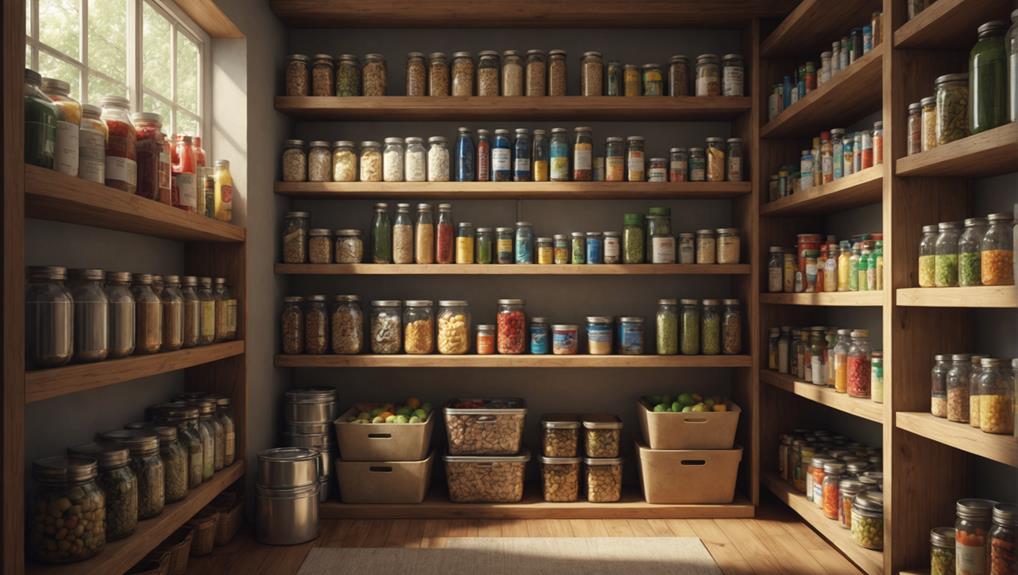
When it comes to stocking a disaster pantry, you'll want to prioritize essential food items that will keep you and your family nourished during an emergency.
You'll need to think about what non-perishable staples to include, as well as how to organize your pantry for easy access.
Essential Food Items
You'll want to focus on non-perishable, high-calorie foods that provide sustained energy and can withstand storage for extended periods. This will guarantee you have a reliable supply of nutrients during an emergency.
When stocking your disaster pantry, prioritize items that are compact, lightweight, and easy to prepare.
Canned Goods: beans, vegetables, fruits, and meats that can be used in a variety of meals.
Dried Goods: rice, pasta, oats, and nuts that can be used to make hearty meals.
Protein Sources: energy bars, canned tuna, and peanut butter that provide a quick energy boost.
Comfort Foods: chocolate, coffee, and tea that can help reduce stress and anxiety.
Incorporating these items into your food storage plan will help you create a well-rounded and satisfying meal plan.
By focusing on non-perishable items, you'll reduce food waste and guarantee your supplies last as long as possible.
Remember to rotate your stock regularly to maintain freshness and expiration dates.
With a little planning, you can create a disaster pantry that will keep you and your family nourished and comforted during uncertain times.
Pantry Organization Tips
Stock your disaster pantry like a pro by assigning a home for each item, grouping similar products together, and placing the most frequently used items front and center. This will save you time and energy when you need it most. A well-organized pantry is vital for busy working families, ensuring you can quickly grab what you need in case of an emergency.
To achieve an ideal pantry layout, categorize your food items into three main groups: Grains, Proteins, and Essentials. This food categorization system allows you to easily locate items and restock as needed.
| Category | Subcategory | Examples |
|---|---|---|
| Grains | Baking Supplies | Flour, Sugar, Baking Powder |
| Proteins | Canned Goods | Beans, Tuna, Chicken |
| Essentials | Snacks | Nuts, Dried Fruits, Energy Bars |
Creating a Family Communication Plan
Developing a family communication plan helps guarantee everyone stays connected and informed in case of an emergency or unexpected event. You're busy, and life can be unpredictable, but having a plan in place can reduce stress and certify everyone's safety.
To create an effective communication plan, start by holding regular family meetings to discuss emergency procedures, contact information, and meeting points.
Creating contact cards with important phone numbers, addresses, and emails for each family member is also essential.
Designate a meeting spot outside the home in case of an emergency, such as a nearby park or landmark.
Choose a communication method, like a messaging app or walkie-talkies, to stay in touch during an emergency.
Simplifying Emergency Supplies
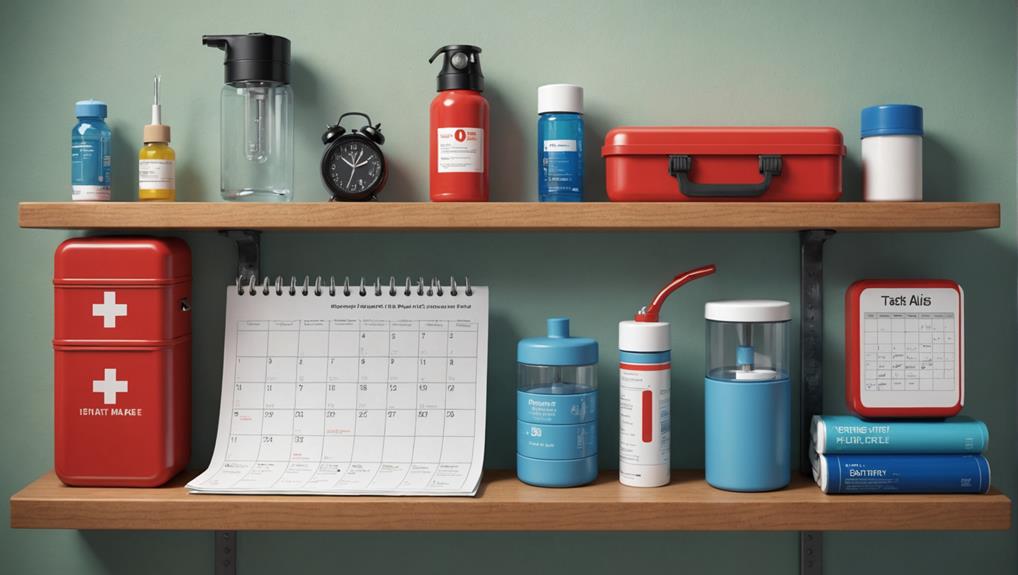
Having a well-stocked emergency kit can be overwhelming, but by focusing on the essentials, you can create a simple and effective supply stash that meets your family's needs.
To simplify your emergency supplies, start by categorizing them into three groups: shelter and warmth, health and hygiene, and food and water.
This supply categorization will help you identify what's truly essential and what can be cut.
Next, consolidate your kits by grouping similar items together.
For example, store all your first aid supplies in one bin, and your non-perishable food items in another.
This kit consolidation will make it easier to find what you need in an emergency.
Remember, the goal is to have a lean and mean supply stash that's easy to manage and maintain.
Making a Backup Power Plan
As you start building your backup power plan, you'll need to pinpoint what devices and systems you can't live without during an outage.
You'll then compare different backup options, such as generators, batteries, and solar panels, to determine which ones best fit your needs and budget.
Identify Power Needs
You'll need to pinpoint the essential devices and systems in your home or office that require power to function during an outage, so you can create an effective backup plan. This is vital in guaranteeing your family's safety and comfort during power outages.
Start by identifying the must-haves, such as:
Refrigeration: Keeping your food from spoiling is a top priority.
Medical equipment: If someone in your household relies on medical devices, you'll need to guarantee they stay powered.
Communication devices: Phones, laptops, and radios will help you stay connected and informed.
Lighting: A reliable light source will keep your home safe and secure.
Backup Options Comparison
With your essential devices and systems identified, it's time to explore backup options to guarantee uninterrupted power supply during an outage.
You've got a few options to ponder, each with its pros and cons. Let's start with external power sources like portable generators or battery-powered inverters.
These can provide instant power to your devices, but they can be noisy, expensive, and require maintenance.
Another option is to invest in a Uninterruptible Power Supply (UPS) system, which can provide a temporary power backup for your devices.
However, UPS systems have limited battery life and may not be suitable for extended outages.
Cloud storage is also a great backup option for your data, safeguarding it's safe and accessible even if your devices are down.
Ponder pairing cloud storage with an external hard drive for added security.
This hybrid approach allows you to store critical files both locally and in the cloud, safeguarding you can access them from anywhere.
Create Action Timeline
By the end of this month, set a deadline to research and compare different backup power options, considering factors like cost, noise level, and maintenance requirements. This will help you make an informed decision that fits your family's needs and budget.
Next, allocate specific time blocks in your schedule for each task. This will guarantee you stay on track and make progress on your backup power plan. For instance, you might dedicate one evening to researching options online, and another to visiting stores to see products in person.
Research backup power options: Compare costs, features, and customer reviews.
Determine your power needs: Calculate how much power you'll require to keep essential appliances running.
Choose a backup power solution: Select the option that best fits your needs and budget.
Schedule installation or setup: Arrange for a professional to install your chosen solution, or set aside time to set it up yourself.
Frequently Asked Questions
How Do I Balance Preparedness With My Family's Busy Schedule?
You're juggling a hectic family schedule, and finding time for preparedness seems impossible. Prioritize tasks using time management strategies, delegate household responsibilities, and allocate specific days for prep tasks to guarantee a balanced, prepared lifestyle.
Can I Prepare for Emergencies on a Limited Budget?
You can prepare for emergencies on a limited budget by seeking budget-friendly alternatives and getting creative with repurposing items you already own, turning everyday objects into valuable emergency tools without breaking the bank.
How Often Should I Update My Emergency Plan and Supplies?
You should review and update your emergency plan every 6-12 months, considering changes in your household, and rotate supplies every 3-6 months to guarantee they remain usable and not expired.
What Are the Essential Items to Pack in a 72-Hour Kit?
When crafting your 72-hour kit, you'll want to pack essentials like water, non-perishable food, and first aid supplies, considering personal preferences and pet considerations, to guarantee you're prepared for any unexpected situation that may arise.
How Can I Involve My Children in Preparedness Activities?
You're empowering the next generation! Assign kid responsibilities, like gathering supplies or creating a communication plan, to foster family bonding and a sense of ownership in preparedness activities, making it a fun, collaborative effort.
As an Amazon Associate I earn from qualifying purchases.






